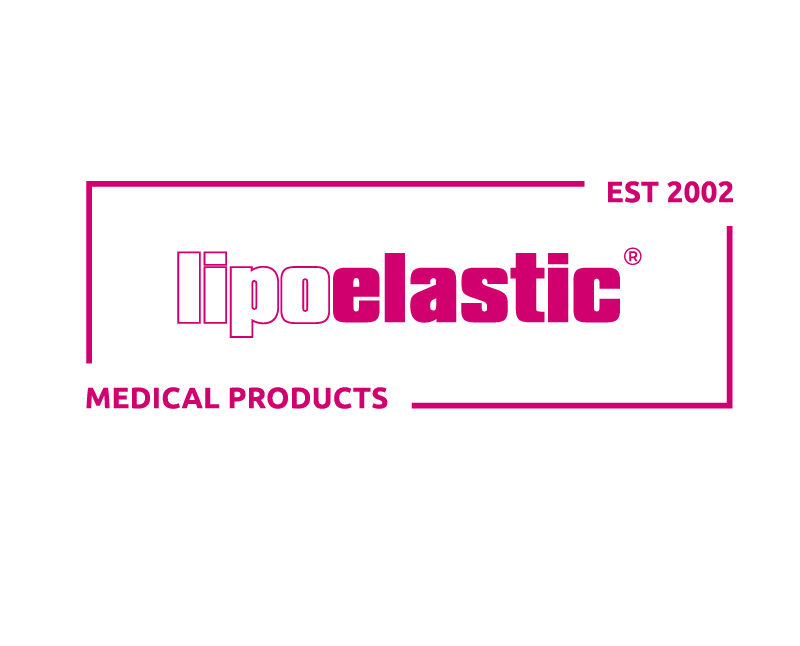Whether you’re recovering from surgery, managing swelling, or living with lipoedema, choosing the right compression garment can make a big difference in how you feel - and heal.
But not all compression garments are created equal. From fit to fabric to function, here are the key things to look for when making your choice — including the certifications that guarantee your garment is safe and effective.
.png)
1. Medical-grade compression
The most important function of a compression garment is... well, compression. But the type and level of compression matters.
Look for garments that:
- Offer medical-grade targeted compression (not just tight fabric)
- Are designed specifically for post-operative use or medical conditions
Bonus tip: Medical-grade garments should be CE-marked as Class I medical devices when intended for post-operative or medical use. (more on that below).
.png)
2. The right fit & cut for your procedure
A garment that doesn’t fit properly won’t give you the desired effect. Look for:
• Sizing charts based on real body measurements
• Styles designed for your specific procedure (e.g. abdominal, breast, thigh, face)
• Adjustable fastenings or hook-and-eye closures for flexibility during recovery
3. Skin-friendly materials
Post-op skin can be sensitive, irritated, or healing from incisions. Choose garments made with:
• Breathable, free from harmful chemicals and irritants
• Seamless or flat-seam designs to minimise friction
• Certified skin-safe products (see OEKO-TEX® below)
.png)
4. Certified quality
One of the easiest ways to trust a compression garment is by checking relevant certifications. These confirm that the product is safe for skin contact, that the garment meets regulatory requirements for medical use.
Key certifications to look for:
OEKO-TEX® STANDARD 100
- Tested for harmful substances, ensuring skin-friendly products
ISO 13485
- Quality management system for medical devices — means the manufacturer follows strict medical-grade production standards
CE Marking (Class I Medical Device)
- Confirms the garment is approved under EU regulations for its intended medical use
.png)
5. Trusted brand & expert design
Compression garments should be designed with input from surgeons, medical professionals, and patients. When in doubt:
• Choose established brands with medical partnerships
• Read verified reviews and patient feedback
• Look for transparent product information (not just marketing claims) — brands like LIPOELASTIC, which specialise in certified, medically backed garments, are a great place to start.
Resources:
- Cigna. (2023). Compression garments after surgery. Cigna Health Library. Retrieved from https://www.cigna.com
- Ribeiro, L., & Canfield, T. (2005). Influence of compression garments on the postoperative period of breast augmentation. Aesthetic Plastic Surgery, 29(6), 408–413. https://doi.org/10.1007/s00266-005-0026-6
- European Commission. (2021). Medical devices: Guidance document - Classification of medical devices (MDR 2017/745). Directorate-General for Health and Food Safety. Retrieved from https://health.ec.europa.e

 LIPOELASTIC TEAM
LIPOELASTIC TEAM 



 England
England



 Wales
Wales
 Scotland
Scotland
 Northern Ireland
Northern Ireland
 Ireland
Ireland
 United States of America
United States of America
